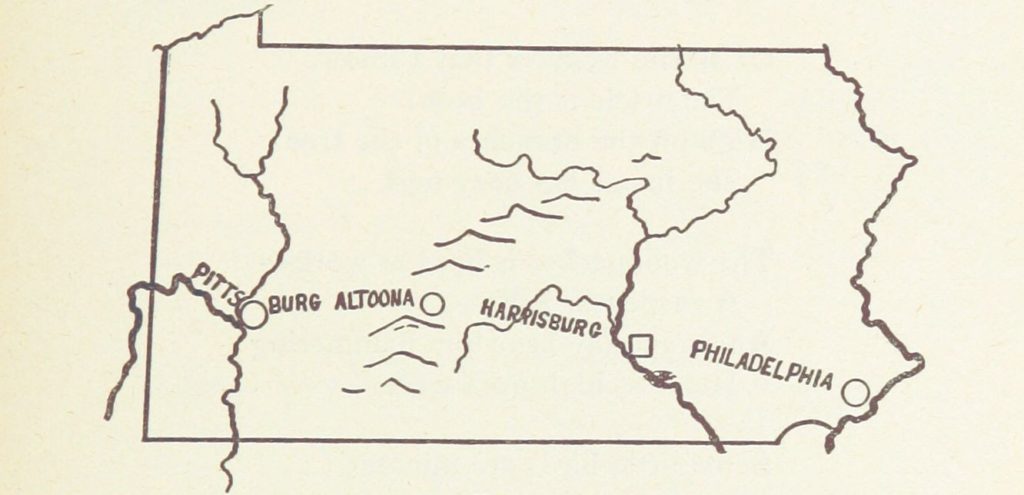
A federal court in Delaware dismissed most of the intellectual property infringement claims concerning a competing online room-planning software tool. The court held that plaintiff’s trade dress infringement and breach of contract claims failed, and that its copyright infringement claims failed, except for those allegations relating to the copying of computer code.
No trade dress protection where look and feel was functional
On the trade dress claim, plaintiff had identified fifteen elements that formed a cohesive “look and feel” of its software. And the court found – based on extensive use, wide advertisement and appearance in industry publications – that the trade dress had acquired secondary meaning. But the court found that the look and feel was merely functional and not subject to trade dress protection.
Copyright infringement – mixed bag
Similarly, the court dismissed the copyright infringement claim regarding the selection, arrangement and coordination of visual elements of the program. In the court’s view, these elements were merely functional and thus not subject to copyright protection. The court dismissed the copyright infringement claim as well concerning the tool’s graphics. On this point the court was even more bold – it found after a visual comparison of the works that they simply were not similar.
The court allowed the copyright infringement claim concerning the program’s code to move forward. It found that plaintiff had alleged both access and similarity. Plaintiff had also alleged that defendant repeatedly accessed the program to stress test the design, and that there were extensive similarities in the tools’ mechanics. These allegations were enough to survive a motion to dismiss.
Browsewrap not enough
Finally, the breach of contract claim failed, not on the basis of preemption as one might expect, but because the court found plaintiff had not sufficiently alleged that a contract had been formed. Plaintiff asserted that its website’s terms of service prohibited copying of the software, and that defendant’s employees should have been aware of those terms on a browsewrap theory – there was a link to the terms at the bottom of the page. But the court would not find that plaintiff alleged enough facts to plausibly allege that defendant’s employees manifested assent to those browsewrap terms.
Design With Friends, Inc. v. Target Corporation, 2022 WL 4448197 (D. Delaware, September 23, 2022)
See also:

